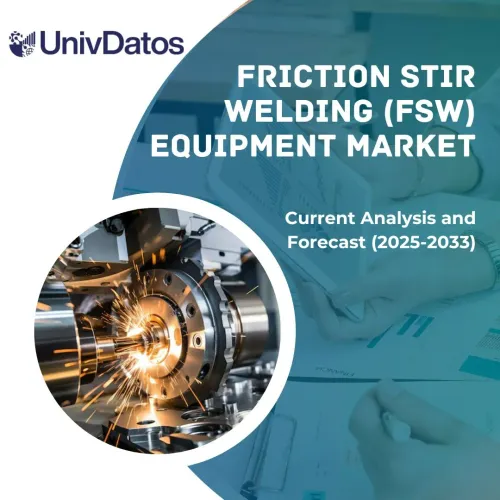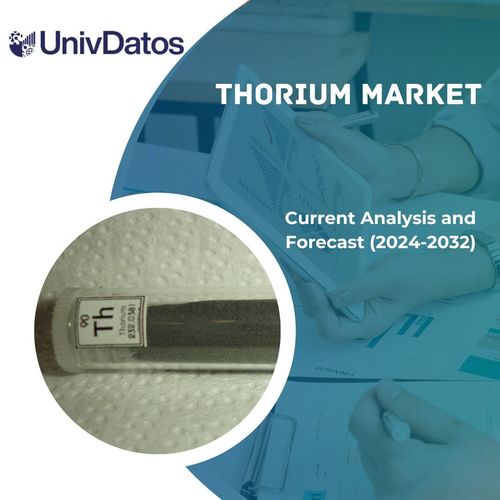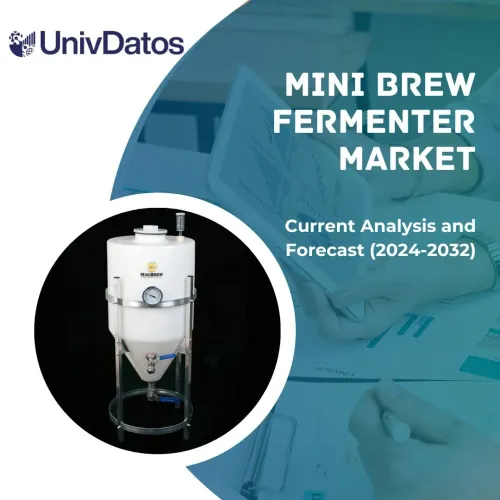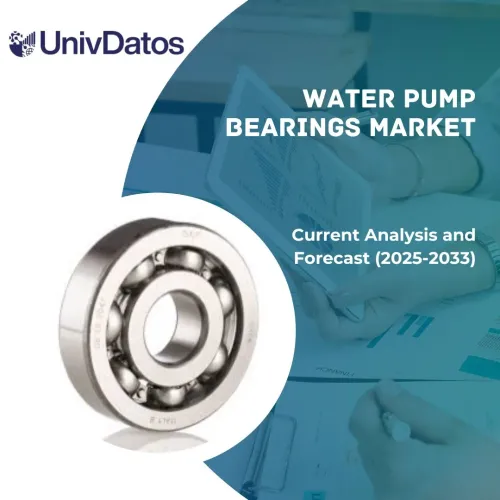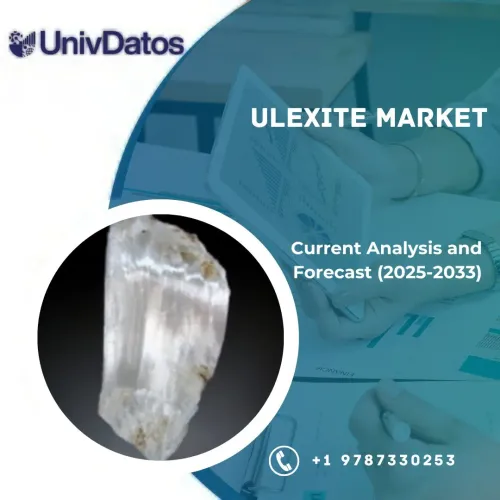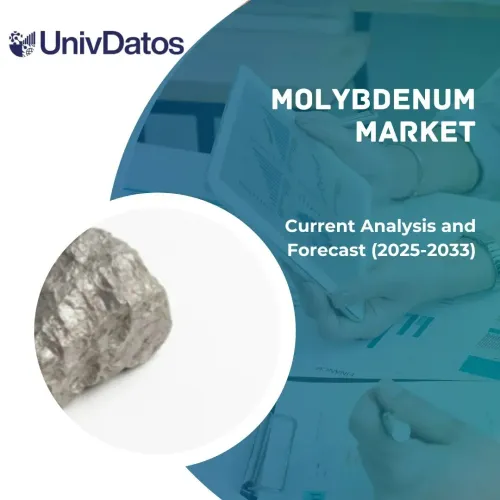- Home
- About Us
- Industry
- Services
- Reading
- Contact Us
Halide Minerals Market: Current Analysis and Forecast (2024-2032)
Emphasis on Occurrence (Simple Halides, Complex Halides, and Oxyhydroxy Halides); Application (Food Industry, Chemical, Agriculture, and Others); Composition (Fluorine, Bromine, Iodine, and Chlorine); Region/Country.
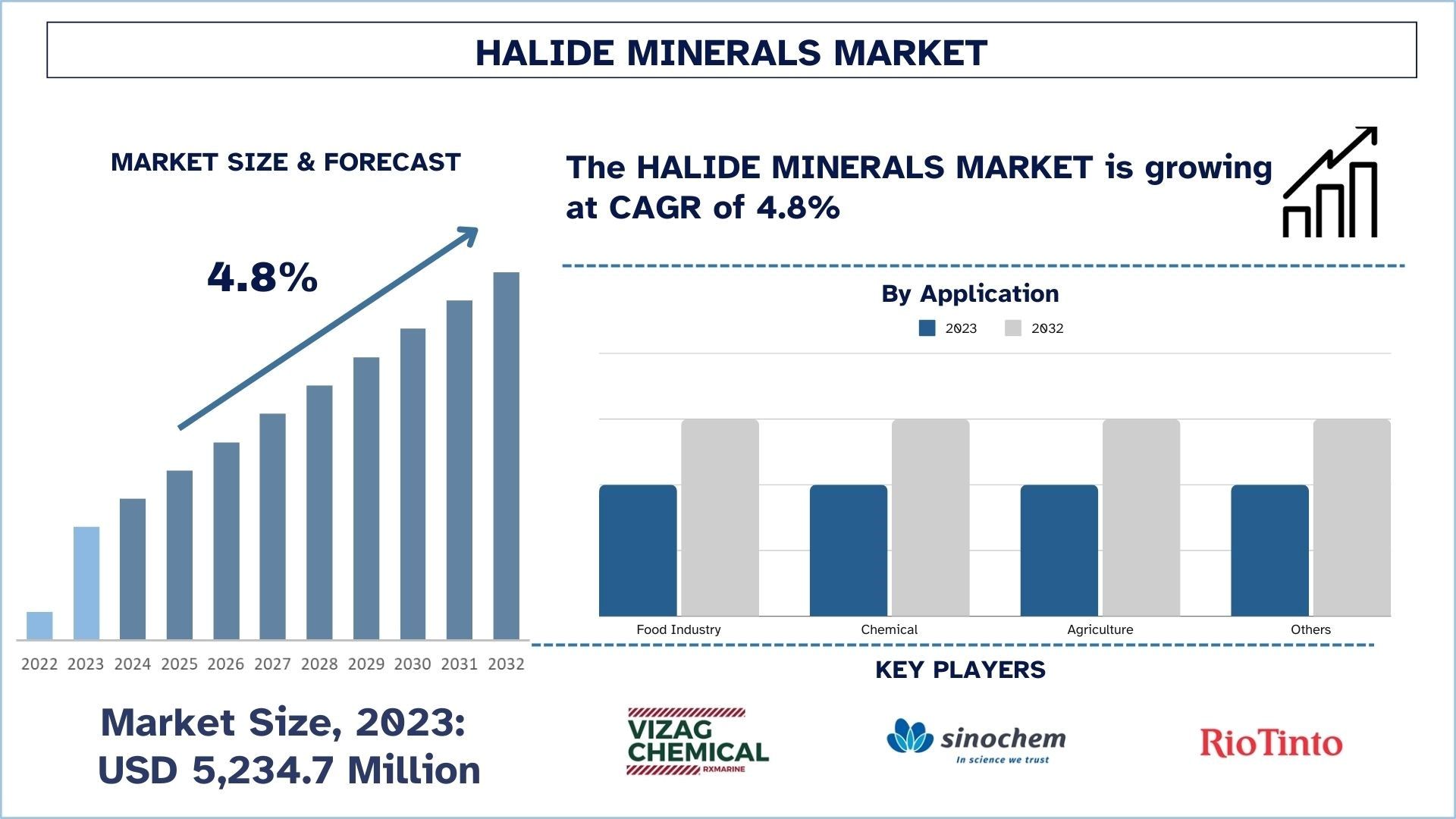
Halide Minerals Size & Forecast
The Halide Minerals market was valued at USD 5,234.7 Million in 2023 and is expected to grow at a robust CAGR of around 4.8% during the forecast period (2024-2032) owing to the rising demand for fertilizers, water treatment, and industrial chemicals.
Halide Minerals Analysis
The halide minerals primarily include minerals such as sodium chloride or halite, potassium chloride or sylvite, and fluorite which find application in agriculture and food processing alongside chemical industries. The halide minerals contain halogen elements like fluorine, chlorine, bromine, and iodine endow the minerals with this feature. Growth factors influencing this market involve higher demand for fertilizer in agriculture, rising utilization of sodium chloride in food preservation, and the evolvement of the chemical industry particularly in the developing world. Further, the transition toward clean energy and industry needs particular halides for green operations to drive up the demand.
Similarly, when the future growth of halide minerals is concerned, the future development of this market is expected to be led by the Asia-Pacific countries especially China and India as they are identified as the fastest-growing markets for this product. China’s “Made in China 2025” policy and five-year plan show government efforts to bolster domestic manufacturing to create demand for chemicals and fertilizers, Halide minerals. Indian farming strategies, such as the Pradhan Mantri Krishi Sinchai Yojana (PMKSY) of the irrigation sector, foster more use of fertilizer leading to potassium chloride demand. These countries remain keen on increasing agricultural yields and industrial development thus offering a big market for the growth of the halide minerals market to support the growing economies.
Halide Minerals Trends
This section discusses the key market trends that are influencing the various segments of Halide Minerals as identified by our team of research experts.
Government Policies Supporting the Halide Minerals Industry
The development and distribution of the halide minerals are heavily influenced by the actions and decisions of the government. Key policy areas include:
Mining and Exploration Incentives: Various governments support the exploration and extraction of halide minerals through tax incentives, subsidizing, and grants. These incentives were designed as an effort to increase the local content and decrease the imports.
Environmental Regulations: Several environmental policies are in place to protect the environment as mining is carried out. Adherence to principles of Polluter Pays, Proper Waste Discharge and Land Use Act, and compliance to emissions standards to reduce environmental effects.
Trade Policies and Tariffs: Restrictions on imports and exports, charges such as tariffs and quotas are policies formulated to protect home industries as well as preserve the stability of markets. HIS, measures can affect the position of halide minerals in the global market.
Agricultural Support Programs: Subsidies and support programs for fertilizers made from halide minerals including potassium chloride are given to boost yields in farming and food security at large.
Research and Development Funding: State incentives are encouraged in the form of an R&D budget to enhance extraction technologies and processes and uncover more uses for halide minerals to support new creations within the field.
Health and Safety Regulations: Regulations are put in place concerning the transportation and storage of halide minerals because of the risks posed by these commodities to people working around them or living close to these transport channels.
Singly and collectively, these policies determine the growth, sustainability, and international competitiveness of the halide minerals business.
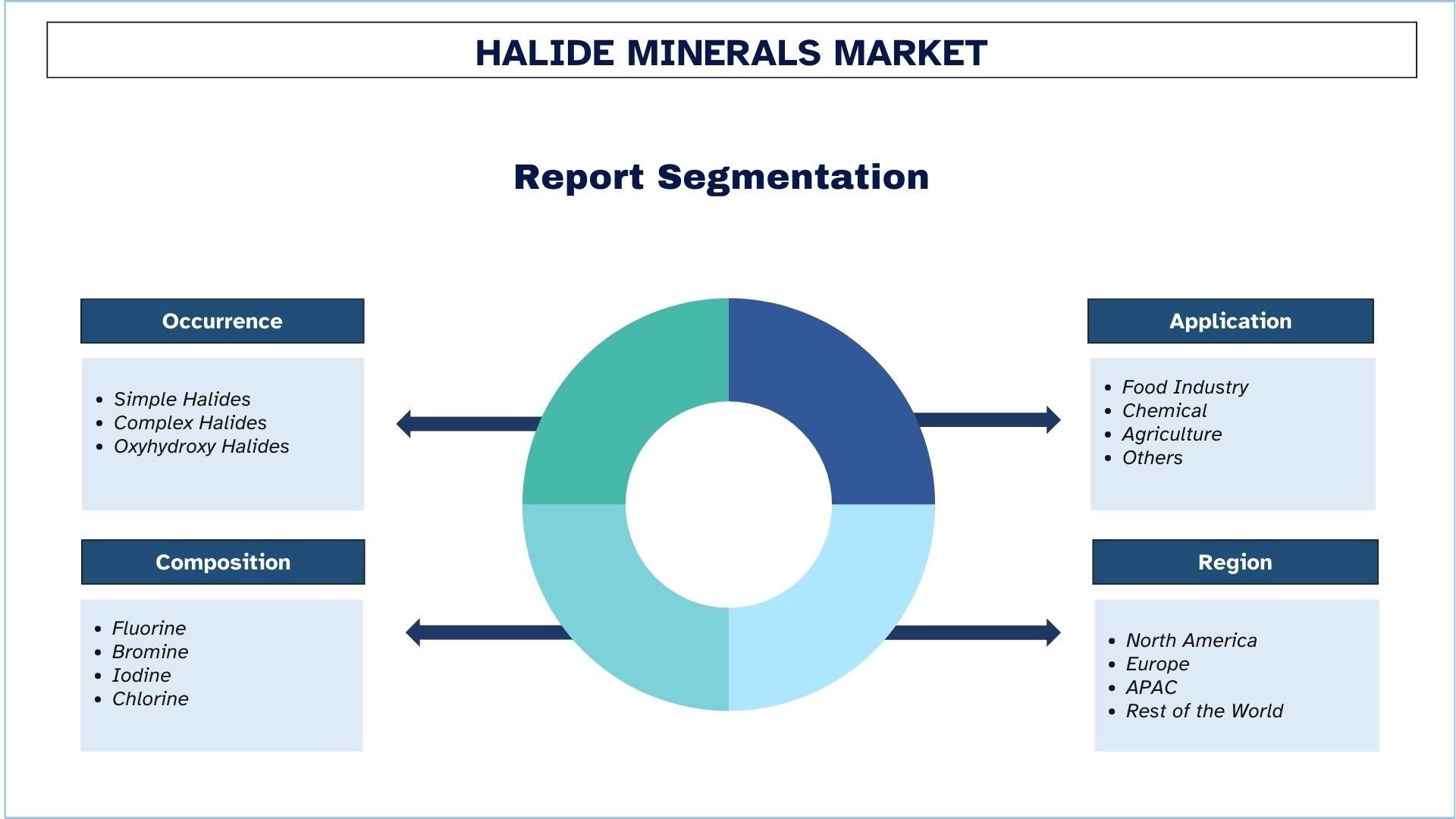
APAC is Expected to Grow with Significant CAGR During Forecast Period
Presently, Asia-Pacific (APAC) has the largest share of the halide minerals market due to increased industrialization, urbanization, and robust agricultural needs in several countries like China, India, and the countries of South-East Asia. The area is a top consumer of halide minerals, particularly potassium chloride for use in the manufacture of fertilizers needed for large-scale farming feeding the growing population. The strength of the APAC water treatment industry also incites the need for compounds such as halides, particularly chlorine, due to the increased focus on water purity due to sky-soaring population densities. The growth of construction businesses increases the demand for halide-based chemicals even more due to penetration in infrastructure and construction materials.
Furthermore, nongovernment policies like India’s ‘Make in India’ campaign and China’s five-year plans for the sector also aim at the localization of halide minerals which cuts across the importation of the minerals from other countries. Upcoming power technologies include thin-film solar cells, which along with growing interest in R and D spending on innovative materials and environmentally friendly products also boosts the potential of the region. Due to the strong demand and a favorable policy environment, APAC is expected to continue to be an important region for development in the halide minerals market.
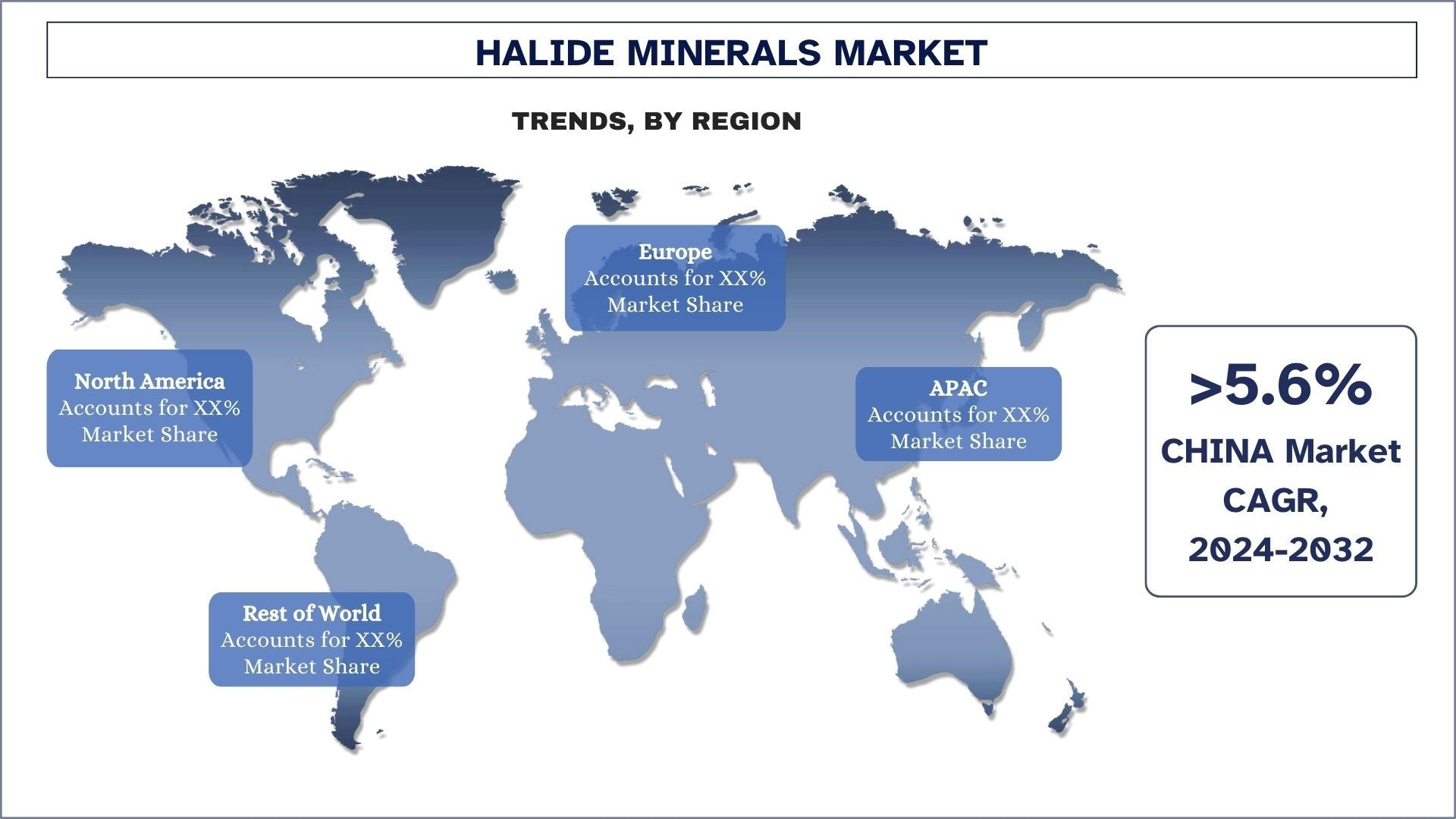
Halide Minerals Industry Overview
The Halide Minerals market is competitive and fragmented, with the presence of several global and international market players. The key players are adopting different growth strategies to enhance their market presence, such as partnerships, agreements, collaborations, new product launches, geographical expansions, and mergers and acquisitions. Some of the major players operating in the market are Vizag Chemical, Morton Salt Ltd., Sinochem Group Co. Ltd., K+S AG, Rio Tinto, ICL Group, Arab Potash Company, Compass Minerals International Inc., Muscat Chemical, and China National Salt Industry Corporation (CNSIC).
Halide Minerals News
In January 2018: Agrium Inc. merged with Potash Corporation of Saskatchewan to form Nutrien Ltd., creating a global leader in potash production for agricultural use. Nutrien has the largest crop nutrient production portfolio combined with an unparalleled global retail distribution network that includes more than 1,500 farm retail centers. With nearly 20,000 employees – and operations and investments in 14 countries – the company is committed to providing products and services that help growers optimize crop yields and their returns.
Halide Minerals Report Coverage
Report Attribute | Details |
Base year | 2023 |
Forecast period | 2024-2032 |
Growth momentum | Accelerate at a CAGR of 4.8% |
Market size 2023 | USD 5,234.7 Million |
Regional analysis | North America, Europe, APAC, Rest of the World |
Major contributing region | Asia-Pacific is expected to grow at the highest CAGR during the forecasted period |
Key countries covered | U.S., Canada, Germany, Spain, Italy, France, United Kingdom, China, Japan, Australia, and India |
Companies profiled | Vizag Chemical, Morton Salt Ltd., Sinochem Group Co. Ltd., K+S AG, Rio Tinto, ICL Group, Arab Potash Company, Compass Minerals International Inc., Muscat Chemical, and China National Salt Industry Corporation (CNSIC). |
Report Scope | Market Trends, Drivers, and Restraints; Revenue Estimation and Forecast; Segmentation Analysis; Demand and Supply Side Analysis; Competitive Landscape; Company Profiling |
Segments Covered | By Occurrence; By Application; By Composition; By Region/Country |
Reasons to buy this report:
The study includes market sizing and forecasting analysis validated by authenticated key industry experts.
The report presents a quick review of overall industry performance at one glance.
The report covers an in-depth analysis of prominent industry peers with a primary focus on key business financials, product portfolios, expansion strategies, and recent developments.
Detailed examination of drivers, restraints, key trends, and opportunities prevailing in the industry.
The study comprehensively covers the market across different segments.
Deep dive regional level analysis of the industry.
Customization Options:
The global Halide Minerals Market can further be customized as per the requirement or any other market segment. Besides this, UMI understands that you may have your own business needs, hence feel free to contact us to get a report that completely suits your requirements.
Table of Content
Research Methodology for the Halide Minerals Market Analysis (2024-2032)
Analyzing the historical market, estimating the current market, and forecasting the future market of global Halide Minerals were the three major steps undertaken to create and explore the adoption of Halide Minerals in major regions globally. Exhaustive secondary research was conducted to collect the historical market numbers and estimate the current market size. Secondly, numerous findings and assumptions were taken into consideration to validate these insights. Moreover, exhaustive primary interviews were also conducted with industry experts across the value chain of the global Halide Minerals Market. Post assumption and validation of market numbers through primary interviews, we employed a top-down/bottom-up approach to forecasting the complete market size. Thereafter, market breakdown and data triangulation methods were adopted to estimate and analyze the market size of segments and sub-segments of the industry. Detailed methodology is explained below:
Analysis of Historical Market Size
Step 1: In-Depth Study of Secondary Sources:
Detail secondary study was conducted to obtain the historical market size of the Halide Minerals through company internal sources such as annual reports & financial statements, performance presentations, press releases, etc., and external sources including journals, news & articles, government publications, competitor publications, sector reports, third-party database, and other credible publications.
Step 2: Market Segmentation:
After obtaining the historical market size of Halide Minerals, we conducted a detailed secondary analysis to gather historical market insights and share for different segments and sub-segments for major regions. Major segments are included in the report such as Occurrence, Application, and Composition. Further country-level analyses were conducted to evaluate the overall adoption of testing models in that region.
Step 3: Factor Analysis:
After acquiring the historical market size of different segments and sub-segments, we conducted a detailed factor analysis to estimate the current market size of the Halide Minerals. Further, we conducted factor analysis using dependent and independent variables such as Occurrence, Application, and Composition of the Halide Minerals. A thorough analysis was conducted of demand and supply-side scenarios considering top partnerships, mergers and acquisitions, business expansion, and product launches in the Halide Minerals sector across the globe.
Current Market Size Estimate & Forecast
Current Market Sizing: Based on actionable insights from the above 3 steps, we arrived at the current market size, key players in the global Halide Minerals, and market shares of the segments. All the required percentage shares split, and market breakdowns were determined using the above-mentioned secondary approach and were verified through primary interviews.
Estimation & Forecasting: For market estimation and forecast, weights were assigned to different factors including drivers & trends, restraints, and opportunities available for the stakeholders. After analyzing these factors, relevant forecasting techniques i.e., the top-down/bottom-up approach were applied to arrive at the market forecast for 2032 for different segments and sub-segments across the major markets globally. The research methodology adopted to estimate the market size encompasses:
The industry’s market size, in terms of revenue (USD) and the adoption rate of the Halide Minerals across the major markets domestically
All percentage shares, splits, and breakdowns of market segments and sub-segments
Key players in the global Halide Minerals in terms of products offered. Also, the growth strategies adopted by these players to compete in the fast-growing market
Market Size and Share Validation
Primary Research: In-depth interviews were conducted with the Key Opinion Leaders (KOLs) including Top Level Executives (CXO/VPs, Sales Head, Marketing Head, Operational Head, Regional Head, Country Head, etc.) across major regions. Primary research findings were then summarized, and statistical analysis was performed to prove the stated hypothesis. Inputs from primary research were consolidated with secondary findings, hence turning information into actionable insights.
Split of Primary Participants in Different Regions
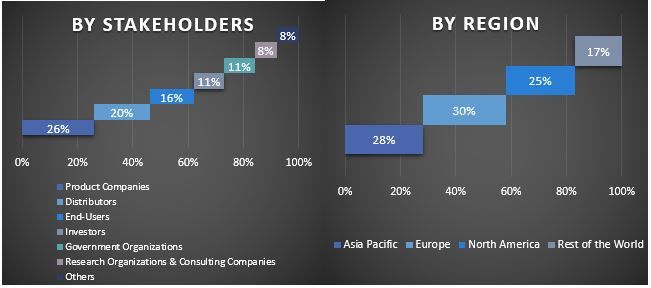
Market Engineering
The data triangulation technique was employed to complete the overall market estimation and to arrive at precise statistical numbers for each segment and sub-segment of the global Halide Minerals. Data was split into several segments & sub-segments post studying various parameters and trends in the areas of Occurrence, Application, and Composition in the global Halide Minerals Market.
The main objective of the Global Halide Minerals Study
The current & future market trends of the global Halide Minerals were pinpointed in the study. Investors can gain strategic insights to base their discretion for investments on the qualitative and quantitative analysis performed in the study. Current and future market trends determined the overall attractiveness of the market at a regional level, providing a platform for the industrial participant to exploit the untapped market to benefit from a first-mover advantage. Other quantitative goals of the studies include:
Analyze the current and forecast market size of the Halide Minerals in terms of value (USD). Also, analyze the current and forecast market size of different segments and sub-segments
Segments in the study include areas of Occurrence, Application, and Composition
Define and analysis of the regulatory framework for the Halide Minerals industry
Analyze the value chain involved with the presence of various intermediaries, along with analyzing customer and competitor behaviors of the industry
Analyze the current and forecast market size of the Halide Minerals for the major region
Major countries of regions studied in the report include Asia Pacific, Europe, North America, and the Rest of the World
Company profiles of the Halide Minerals and the growth strategies adopted by the market players to sustain in the fast-growing market
Deep dive regional level analysis of the industry
Frequently Asked Questions FAQs
Q1: What is the current market size and growth potential of the Halide Minerals market?
The Halide Minerals Market was valued at USD 5,234.7 Million in 2023 and is expected to grow at a CAGR of 4.8% during the forecast period (2024-2032).
Q2: What are the driving factors for the growth of the Halide Minerals market?
The growth of the Halide Minerals market is driven by rising demand for fertilizers, water treatment, and industrial chemicals.
Q3: Which segment has the largest share in the Halide Minerals market by Application?
The Agriculture segment has the largest share of the Halide Minerals by Application.
Q4: What are the emerging technologies and trends in the Halide Minerals market?
Emerging technologies and trends in the halide minerals market include the development of lead-free halide perovskites for optoelectronic applications, advancements in direct lithium extraction methods, and the increasing use of halide minerals in renewable energy technologies such as thin-film solar cells.
Q5: Which region will dominate in the Halide Minerals market?
APAC is expected to dominate the market during the forecast period.
Related Reports
Customers who bought this item also bought

